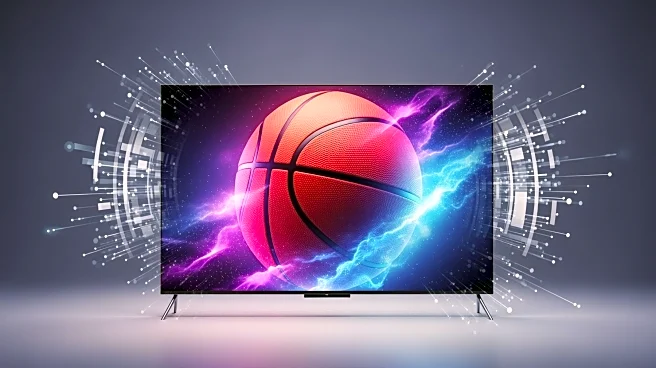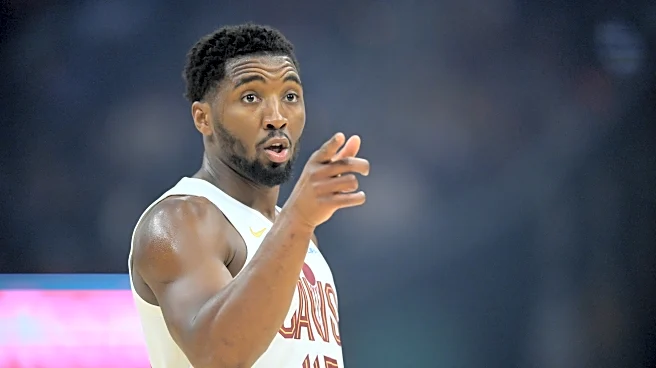What's Happening?
The NBA has announced expanded streaming options for the 2025-26 season, reflecting significant changes in its media landscape. ABC and ESPN remain key networks, but NBC will now broadcast live NBA games for the first time since 2002, filling the void
left by TNT. Cord-cutters can access games via the ESPN app, Peacock, and Amazon Prime Video, offering more flexibility for viewers without traditional cable packages. This shift highlights the league's adaptation to evolving consumer preferences.
Why It's Important?
The NBA's expanded streaming options are crucial as they cater to the growing number of viewers who prefer digital platforms over cable. This move could increase the league's reach and engagement, particularly among younger audiences who favor streaming. It also reflects broader industry trends towards digital content delivery, potentially influencing other sports leagues to enhance their streaming offerings. For broadcasters, this shift may necessitate adjustments in programming and advertising strategies to align with digital consumption patterns.
What's Next?
As the NBA embraces streaming, other sports leagues may follow suit, offering more digital access to games. This could lead to increased competition among streaming platforms, driving innovation and potentially lowering subscription costs. The league may also explore additional partnerships with digital platforms to further expand its reach. Stakeholders, including advertisers and broadcasters, will likely assess the impact of these changes on viewership and revenue, influencing future media rights negotiations.
Beyond the Headlines
The NBA's shift towards streaming raises questions about the future of sports broadcasting. As digital platforms gain prominence, traditional networks may need to innovate to retain their audience. This transition could affect advertising strategies, with brands seeking new ways to engage viewers in a digital environment. Additionally, the success of streaming could influence negotiations between sports leagues and broadcasters, potentially altering the landscape of sports media rights.














